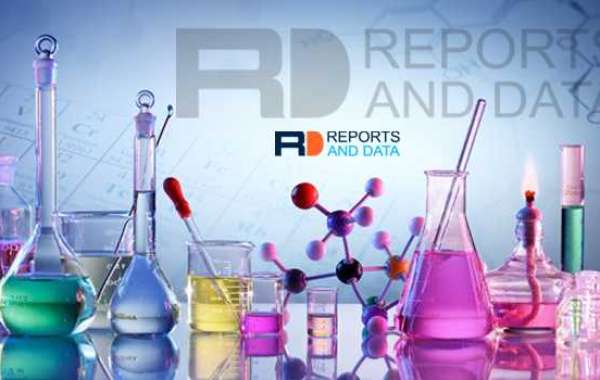What is a Turbidity Sensor?
A turbidity sensor measures the level of turbidity in water by quantifying the amount of light scattered by suspended particles. The results are typically expressed in Nephelometric Turbidity Units (NTU).
How Turbidity Sensors Work
Components of a Turbidity Sensor
Light Source:
- Typically, an LED or laser that emits light into the water sample.
Detector:
- A photodetector or photodiode that captures the light scattered by the suspended particles in the water.
Optical Chamber:
- The area where the light passes through the water sample, allowing for interaction between the light and the particles.
Microcontroller:
- Processes the signals from the detector and calculates the turbidity level, displaying the results.
Measurement Process
Light Emission: The light source emits a beam of light into the water sample.
Scattering: As the light travels through the water, particles suspended in the liquid scatter the light in different directions.
Detection: The photodetector measures the intensity of the scattered light at specific angles.
Signal Processing: The microcontroller processes the detected signals to determine the turbidity level based on the intensity of the scattered light.
Output: The turbidity level is displayed in NTU, providing a quantitative measure of water clarity.
Importance of Turbidity Measurement
1. Water Quality Assessment
Turbidity is a key indicator of water quality. High turbidity levels can indicate the presence of pollutants, sediments, or microorganisms, which can affect aquatic life and human health.
2. Environmental Monitoring
Turbidity sensors are essential for monitoring the health of rivers, lakes, and oceans. They help detect changes in water quality due to runoff, erosion, or pollution.
3. Drinking Water Treatment
In drinking water treatment facilities, turbidity sensors help ensure that the water meets safety standards. They are used to monitor the effectiveness of filtration and disinfection processes.
4. Wastewater Management
Turbidity measurement is critical in wastewater treatment to assess the efficiency of treatment processes and ensure compliance with environmental regulations.
Key Features to Consider When Choosing a Turbidity Sensor
- Measurement Range: Ensure the sensor covers the required turbidity range for your specific application.
- Accuracy: Look for sensors with high accuracy and reliability specifications.
- Response Time: Fast response time is essential for real-time monitoring.
- Calibration: Consider sensors that are easy to calibrate, as regular calibration is necessary for accurate measurements.
- Environmental Resistance: Choose sensors that can withstand harsh conditions, such as temperature changes and chemical exposure.
Our Range of Turbidity Sensors
At Zhongshan Songyi, we offer a variety of turbidity sensors tailored to different applications:
- Submersible Turbidity Sensors: Designed for continuous monitoring in water bodies.
- Portable Turbidity Meters: Ideal for field measurements and easy transport.
- In-line Turbidity Sensors: Suitable for integration into industrial processes and water treatment systems.
Commitment to Quality and Accuracy
As a leading turbidity sensor manufacturer, we prioritize quality and accuracy in every product we offer. Our sensors undergo rigorous testing and comply with international standards, ensuring reliable performance in various environments.
Advanced Manufacturing Facilities
Our state-of-the-art manufacturing facility includes:
- Automated Production Lines: Ensuring precision and efficiency in every unit produced.
- Testing Laboratories: Each sensor is subjected to extensive testing to guarantee performance and accuracy.
- Research and Development: We continuously innovate to improve our products and meet the evolving needs of the market.
Conclusion
Turbidity sensors are essential tools for monitoring water quality and ensuring safe, clean water for various applications. At Zhongshan Songyi, we are committed to providing high-quality turbidity sensors that meet the diverse needs of our customers.







